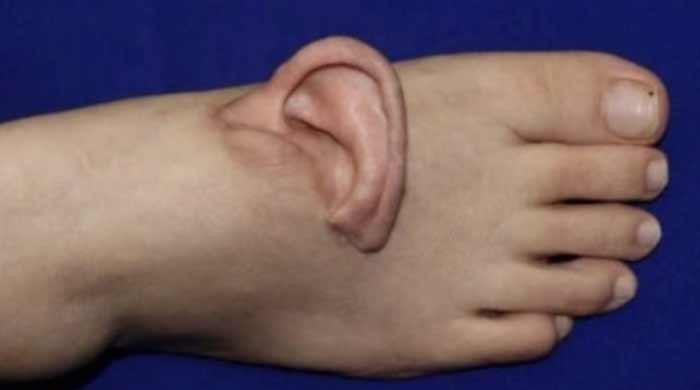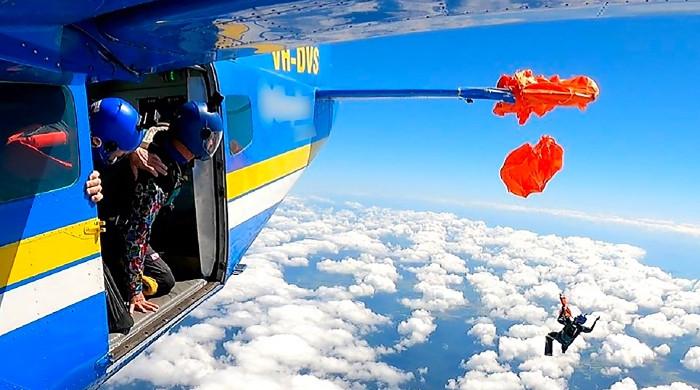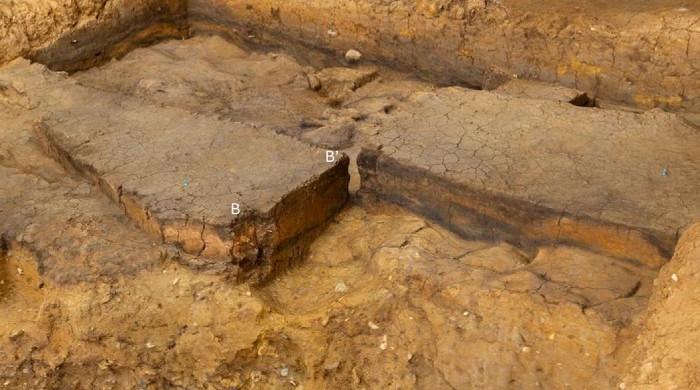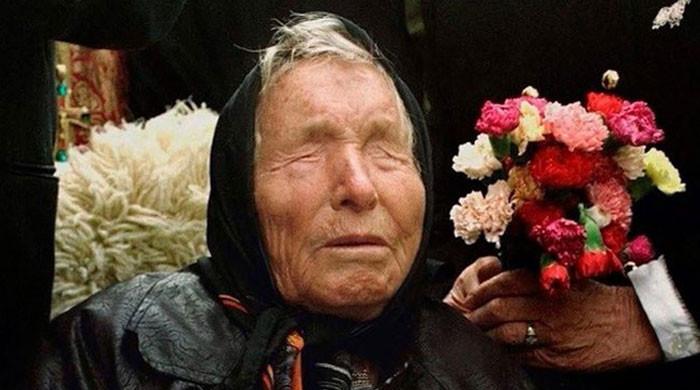Meet real-life Indiana Jones Albert Lin, who unearths lost cities, and was also hit by boulder
real-life Indiana Jones Albert Lin has uncovered hidden cities spanning from Scotland to Sudan in his quest
December 18, 2023
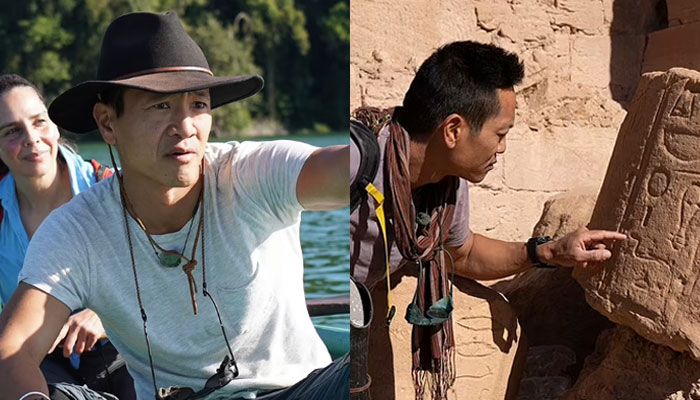
Renowned explorer Albert Lin, often likened to the fictional Indiana Jones, distinguishes himself by his pursuit of lost cities and reliance on cutting-edge technology.
Lin has uncovered hidden cities spanning from Scotland to Sudan in his quest, leveraging advanced tools that redefine archaeological exploration.
Despite the allure of adventure, Lin's experiences reveal the genuine dangers faced in the pursuit of unravelling the mysteries of the past.
In a recent interview with MailOnline, Lin recounted a perilous encounter during his search for a mysterious civilisation in Israel, narrowly escaping being crushed by a boulder—his prosthetic leg being the only casualty.
Reflecting on the incident, Lin emphasised the tangible risks associated with exploration, dispelling the romanticised notion of a hero's seamless escape into the sunset.
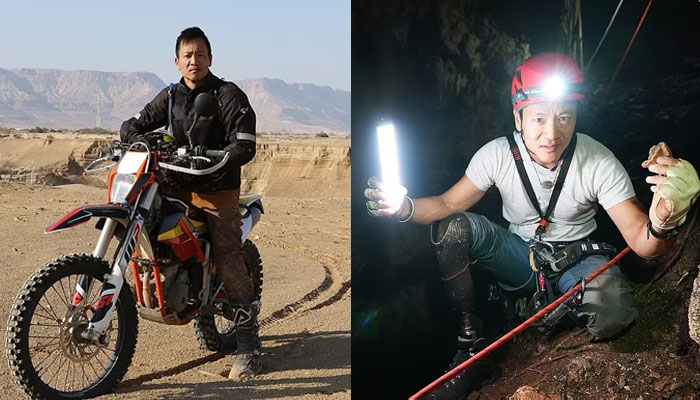
Lin's commitment to showcasing the possibilities for amputees echoes his journey, having lost his leg in a Jeep crash years earlier. The incident served as a poignant reminder of the challenges he overcomes, underlining his dedication to pushing boundaries and inspiring others facing similar struggles.
The narrative takes a cinematic turn as Lin shares details of his adventures in the latest season of 'National Geographic, Lost Cities Revealed with Albert Lin.'
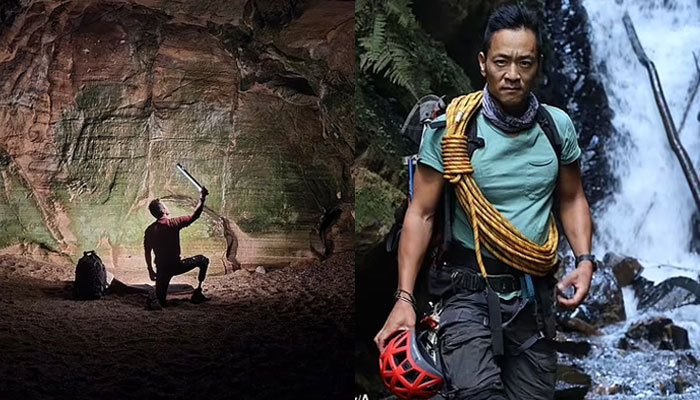
The series chronicles his global journey—from the forgotten Pictish settlements of Scotland to the Peruvian Andes in search of the lost Chachapoya kingdom.
Lin's innovative techniques, honed during earlier expeditions in Mongolia, involve employing drones with LiDAR scanners to unveil hidden structures beneath the earth.
Lin sees these technological advancements as a paradigm shift in archaeology, likening it to the transformative impact of the microscope or telescope.
He emphasises the power of these tools in unveiling untold stories, such as the discovery of hidden Roman forts through cold-war satellite images or the revelation of a Mayan City in East Mexico using laser scanning.
Beyond the allure of ancient civilisations, Lin believes that each discovery contributes to a shared human history, offering insights into the essence of humanity across different chapters.
He underscores the importance of reflecting on our past as we navigate a world increasingly intertwined with technology, emphasising the need to preserve our humanity amidst the march of progress.
Amid Lin's perilous exploits and technological triumphs, he advocates for unity in the face of global challenges. Drawing parallels with an ancient Canaan village facing a catastrophic drought, Lin notes the communal response to adversity, emphasising the lessons we can draw from collective history.
Lin's message resonates beyond the realms of exploration, urging humanity to work together and make informed choices as we collectively script the next chapters of our shared history.
As his documentary series unfolds on National Geographic, viewers are invited to witness the discovery of lost cities and the unfolding narrative of human resilience and collaboration throughout time.





